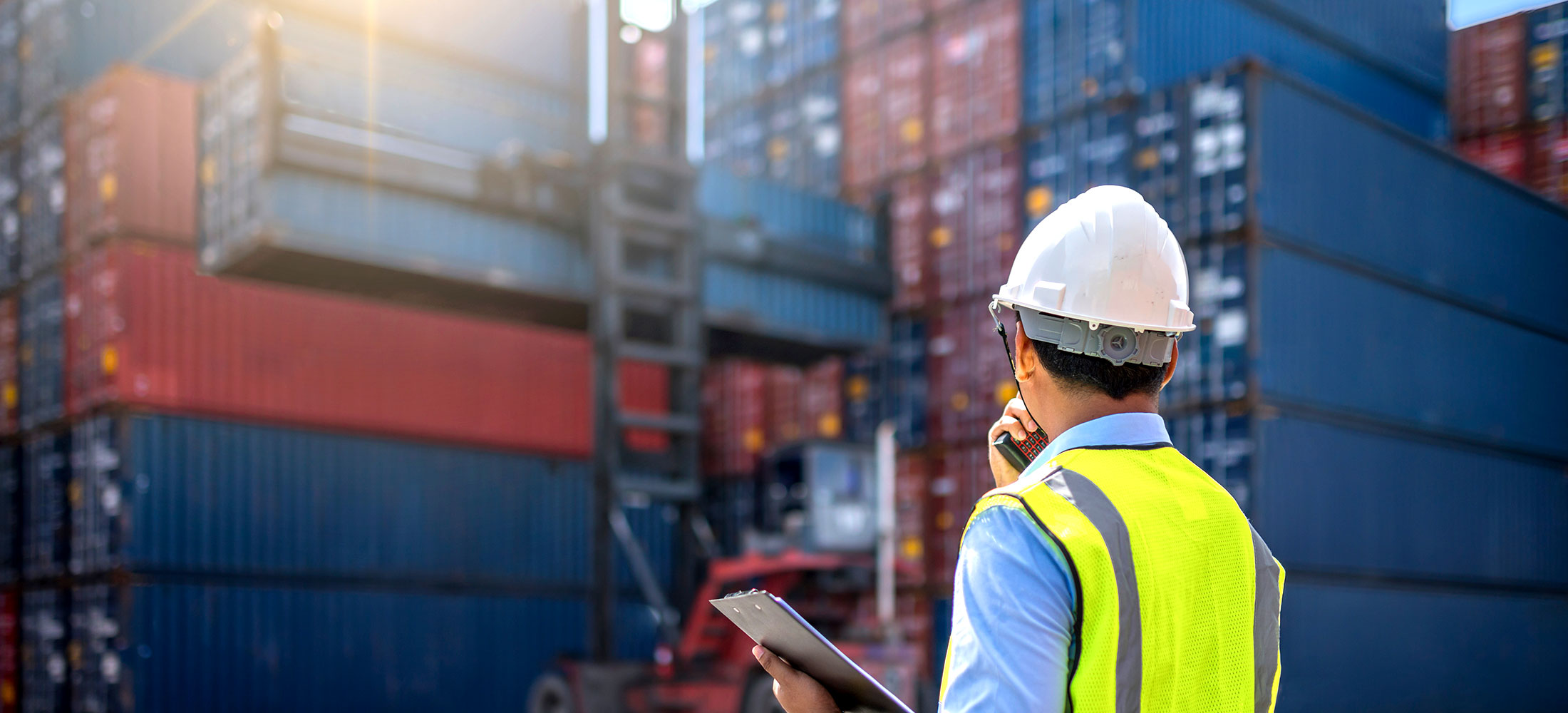UK customs clearance for freight involves a series of rules and procedures that must be followed to ensure goods can legally enter or leave the country. Here is an overview of the key rules and steps involved:
1. Customs Declarations
Import Declarations: Goods entering the UK must be declared to HM Revenue and Customs (HMRC). This involves completing a customs declaration form (such as the C88 or using the Customs Handling of Import and Export Freight (CHIEF) system or the new Customs Declaration Service (CDS)).
Export Declarations: Goods leaving the UK must also be declared. An export declaration form must be completed and submitted to HMRC.
2. Required Documentation
Commercial Invoice: This document provides details about the goods being shipped, including their value and the terms of sale.
Packing List: Lists the contents, dimensions, and weight of each package in the shipment.
Bill of Lading (BOL): A legal document between the shipper and carrier detailing the type, quantity, and destination of the goods.
Certificate of Origin: This certifies the country where the goods were manufactured.
Import Licenses: Certain goods may require import licenses before they can be brought into the UK.
Health and Safety Certificates: Required for specific products like food, plants, and pharmaceuticals.
3. Tariffs and Duties
Customs Duty: Calculated based on the value of the goods, their classification under the UK Trade Tariff, and the origin country.
Value Added Tax (VAT): Import VAT is charged at the same rate as if the goods were purchased within the UK.
Excise Duty: Applied to specific goods such as alcohol and tobacco.
4. Customs Procedures
Standard Procedure: Goods are declared and duties paid before they are released.
Simplified Declaration Procedure (SDP): Allows for a simplified process with reduced data at the point of entry and a supplementary declaration later.
Transit Procedures: For goods moving through the UK to another destination, special transit procedures apply to defer duty payments.
- Compliance and Inspections
Customs Checks: HMRC may conduct physical inspections of the goods to ensure compliance with regulations.
Sanitary and Phytosanitary (SPS) Checks: For certain products like food and plants, additional health and safety checks are required.
Compliance with Trade Agreements: Ensuring that goods comply with any relevant trade agreements the UK has with other countries.
6. Post-Brexit Considerations
Northern Ireland Protocol: Goods moving between Great Britain and Northern Ireland may be subject to different procedures due to the Northern Ireland Protocol.
Trade with the EU: Since Brexit, goods moving between the UK and the EU are subject to full customs controls.
- Customs Agents and Brokers
Many businesses use customs agents or brokers to handle the complexity of customs procedures. These professionals can help ensure that all documentation is correct and that goods clear customs smoothly.
8. Compliance with Import/Export Controls
Prohibited and Restricted Goods: Some goods are prohibited or restricted from import or export. It’s essential to check the latest regulations.
Safety and Security Declarations: Required for all goods entering or leaving the UK, providing details about the cargo for security purposes.
9. Economic Operator Registration and Identification (EORI)
Businesses involved in import/export must have an EORI number to interact with customs authorities.
Navigating UK customs clearance for freight involves understanding and complying with various declarations, documentation requirements, duties, and procedural rules. Utilising us as a customs agent can simplify the process and ensure compliance with UK regulations.
If you would like to discuss this further please contact us to arrange a consultation with one of our experts.









